A very warm, peaceful, sacred, and Happy Winter Solstice to you all.
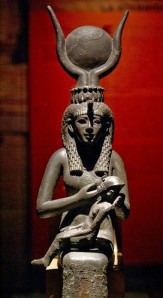
This is most definitely not the time of the ancient Egyptian end-of-the-year epigomenal days. However, from winter solstice to the New Year are my epigomenal days—not only because these are the end-of-year days of our modern calendar, but also because I am on much-needed vacation from now until the beginning of next year.
That being the case, let’s talk a bit about the epigomenal days, including some ways to celebrate the end of the year with Isis.
Since today is the first day after solstice, you might invoke Isis the Mother and celebrate the birth of Her Holy Child Horus. If you missed the post about Horus’ winter solstice birth from a couple weeks ago, you can read all about that here. Since both Isis and Horus are especially known as protective Deities, you could ask Their protection for yourself and your loved ones in the coming year.
The ancient Egyptian epigomenal days were the five days before the late summer rising of the Star of Isis, Sopdet (Sothis in Greek, Sirius in Latin). With the rising of Her Star, the New Year began. The Egyptian year had only 360 days, but the solar year has 365+. So the Egyptians made up the difference by adding five epigomenal—that is, “inserted into the calendar”—days at the end of the year prior to the rising of Sopdet and the start of the new year.
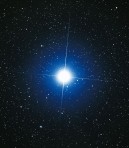
Without the protection of the confines of the calendar, the Egyptian epigomenal days were considered a dangerous time. People wore additional amulets and priests might perform the ritual of “Pacifying Sakhmet,” since the fierce Goddess seems to have been particularly antagonistic towards humankind at the end of the year. (Another good reason to ask Isis and Horus for protection now.)
Epigomenal days as birthdays of the Deities
As early as the Middle Kingdom (2050-1650 BCE), these five extra days were also associated with the births of Osiris, Horus, Set, Isis, and Nephthys. Festivals of these Deities were duly celebrated during the epigomenal days. The time between the winter solstice and our new year is longer than the Egyptian period, but if you’d like to celebrate the birthdays of the Deities, one every other day rather than one per day would work out pretty well.
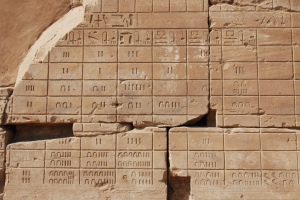
On the other hand, if you are more Isis-centric in your worship, you could consider the entire period as holy days of the Goddess. We can look to some ancient calendrical inscriptions for the day of Isis’ birthday to give us some clues about options for honoring Her at this time.
In a papyrus known as Leyden I, She is called “The Great One, Daughter of Nuet.” She is said to be “in Chemmis,” that is, in a particular city in the delta, and She is invoked particularly for protection. In another papyrus, Leyden II, the fourth day is said to be named “the pure one who is in his field.” The masculine pronoun would seem to exclude Isis. It could allude to Osiris or it could be a scribal error. If it should have been the Pure One Who is in Her Field, it would make a good deal of sense in connection with Isis since Isis was associated with the pure new plants that would soon be coming forth from the Egyptian fields with the New Year. In two calendars known as the Cairo calendars, the fourth epigomenal day is said to be named, “the one who makes terror.” Isis is also called the Goddess Who Guides the 3kt-Eye, Daughter of Nuet, Lady of Chemmis. Another calendar notes the fourth day is called, “the child who is in his nest; the Birth of Isis.” (I wonder whether this child is Horus or Isis Herself since the day is Her birthday?) There is some evidence that Isis’ temple at Philae may have been dedicated to Her on the 4th epigomenal day, as a birthday present. At Hathor’s temple of Denderah, which also had a smaller Temple of Isis, there are numerous references to Isis’ connection with the New Year and the renewal it brings. Osiris’ own birthday in this same period only reinforces the connection with rebirth and renewal. For more on Isis and a lamp festival on Her birthday, check out this post.
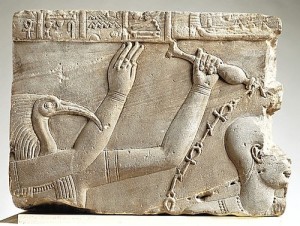
So what can we do with all this? What hits me most strongly is, of course, the rebirth and renewal aspect—which is entirely in harmony with our modern New Year celebrations. We begin again. We start over. We rededicate ourselves. We make resolutions to do things better. Purification is often associated with such reboots and so the epigomenal days would be a perfect time for purification. We might purify ourselves via bathing, fasting, purchasing new clothing, or purify our sacred spaces by cleaning and straightening up our shrines, all the while invoking Isis by the epithets from the calendars.
If you’re looking for a more formal rite, Isis Magic includes one called The Rite of Loosing the Eyes, which involves purification and an oracle for the New Year delivered by Isis and Nephthys (pg. 353 of the new edition).
Epigomenal days as the time of the Star of Isis
During our winter epigomenal days, we don’t witness the heliacal rising of the Star of Isis as the ancient Egyptians did during their epigomenal days. However, there is something very special that happens at this time of year for those of us in the northern hemisphere: Sirius reaches its highest point in the night sky. The beautiful, glittering star of Isis reaches midheaven, directly above us, on January first and can be seen shimmering in that position for about the first week of January. Just as the heliacal rising of Sirius heralded the ancient Egyptian New Year, so the midheaven arrival of Sirius can serve as a marker for our modern New Year’s celebration. You’ll find a small rite for that purpose here. There is also a ritual for the Prophet/ess of Isis in Isis Magic called Causing Sothis to Rise (pg. 513) in the Temple, in which the Prophet/ess blesses the elements through the power of Sothis.
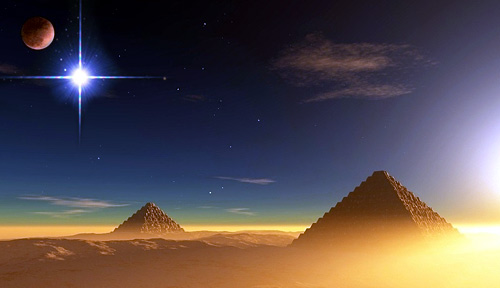
Personally, I look forward to doing many of these rites during my own epigomenal days. May your epigomenal days be just as blessed.



